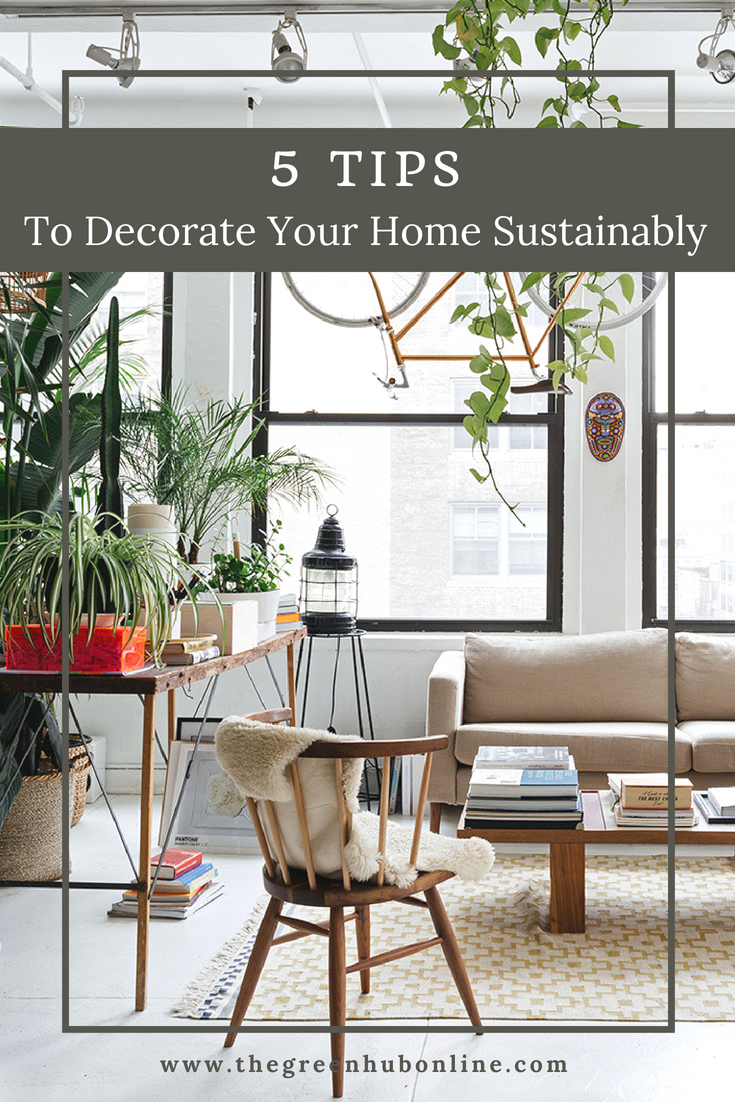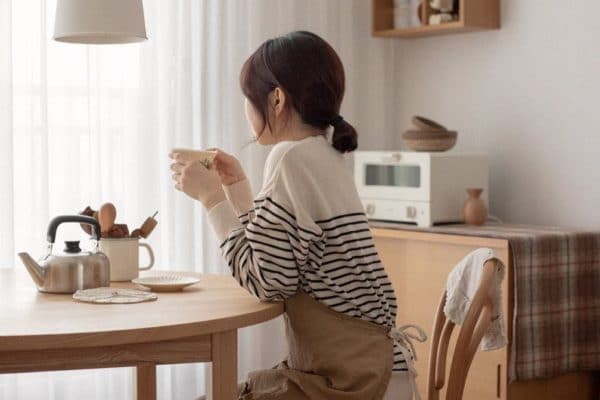It is easy to think the cheapest and quickest way to decorate your home is to pop to a big brand store and grab everything at once.
This may be a cheap and quick way to go, but it is also a sure-fire way to ending up with broken furniture, poor quality homewares and a soulless home.
Choosing to decorate with a blend of vintage and ethically made, sustainable furniture and homewares, is a great way to bring heart to your home and create a place that is beautiful and unique.
Often it is also more cost effective, as badly made items will break and end up in landfill very quickly.
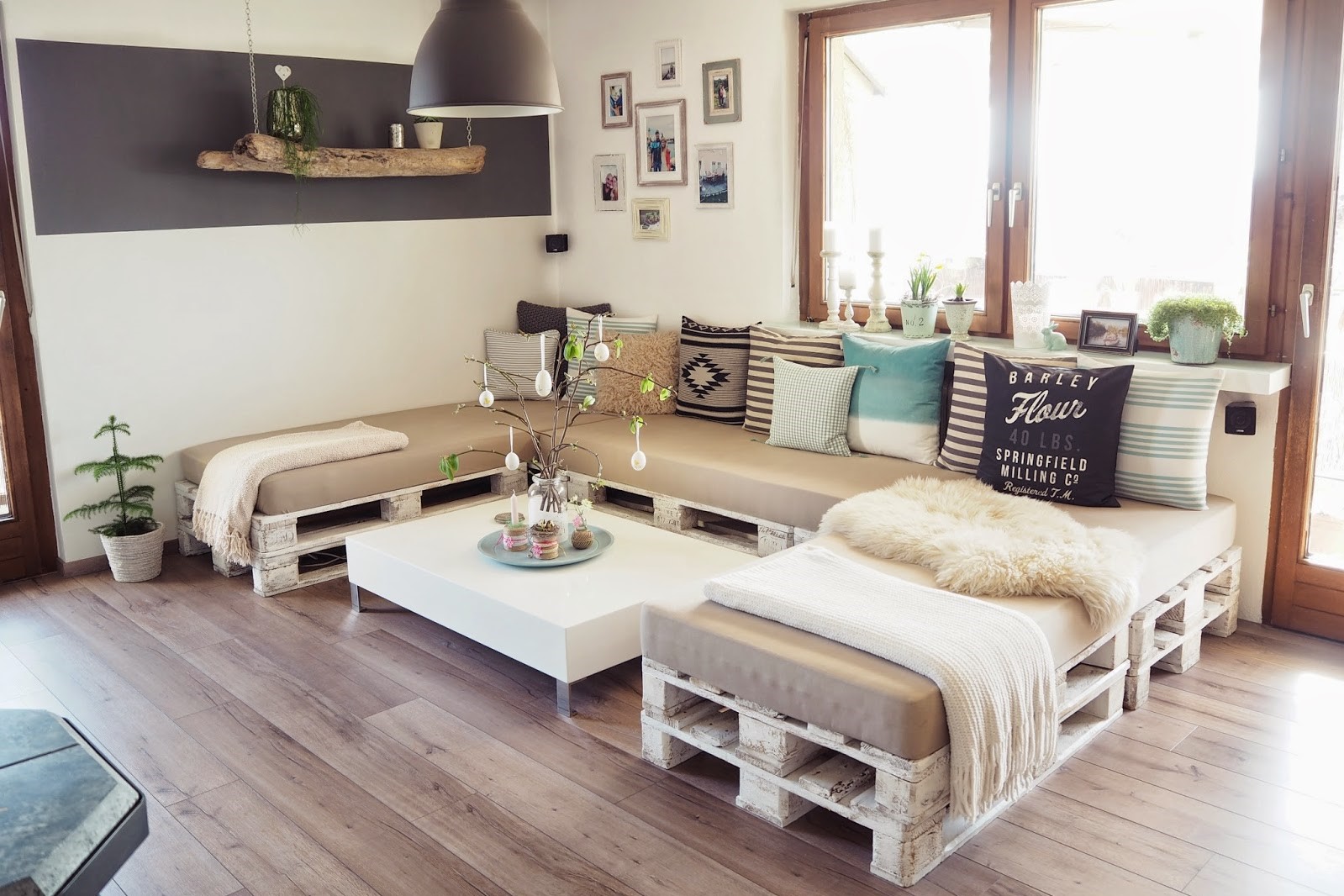
It is important to consider the materials, how things are made, where they are made, and who made them.
1. Select eco-friendly finishes in furniture and homewares
When choosing homewares and furniture consider what impact they will have on your health. Natural materials such as timber, jute and organic cotton, are great options.
Timber in particular has been shown to lift mood and connects you to nature. Look for FSC timbers that are harvested from sustainable sources. For linen, soft furnishings, rugs and carpets look for wool, organic cottons, tencel, linen, hemp, jute and sisal.
A lot of cheaply made furniture is full of VOC’s – chemicals containing carbon that evaporate into the atmosphere at room temperature. They often have an odour, and can be present in a wide range of household products, construction materials and new furnishings.
Look for products that are marked as having low or no VOC’s. The higher the VOC level the higher the toxicity.
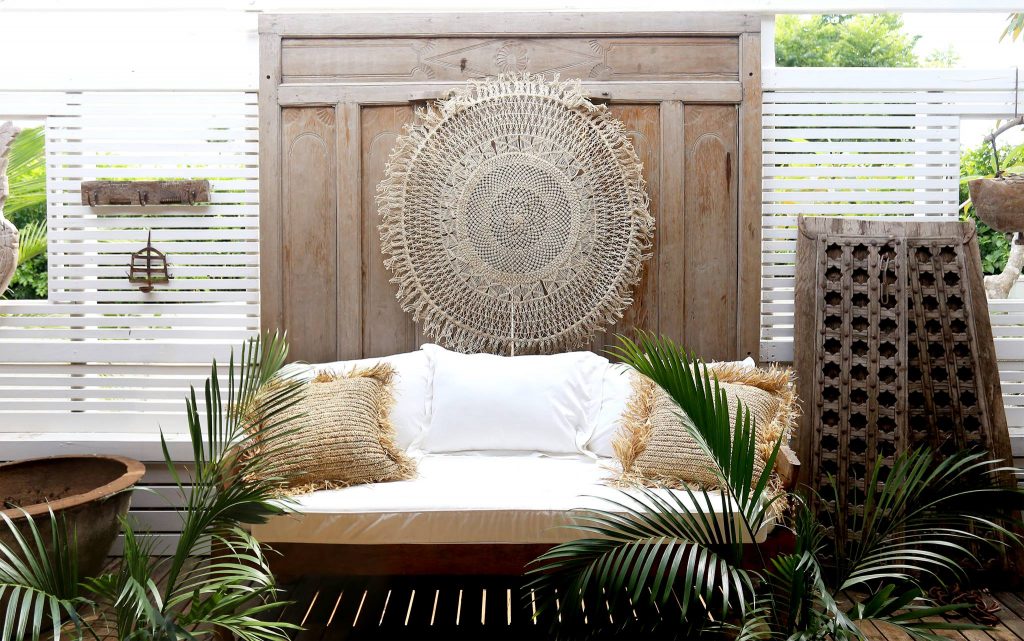
Image via The Dharma Door
Fast furniture often contains harsh chemicals like formaldehyde, which are terrible for human health. You can get products without VOC’s in everything from paint to kitchen benches. Fast furniture is often made from poor quality materials like particle board and will be tossed into landfill within a short time. Not only is this bad for the planet, but it is bad for your pocket.
It might be cheap to start with, but how many times will you need to replace that item?
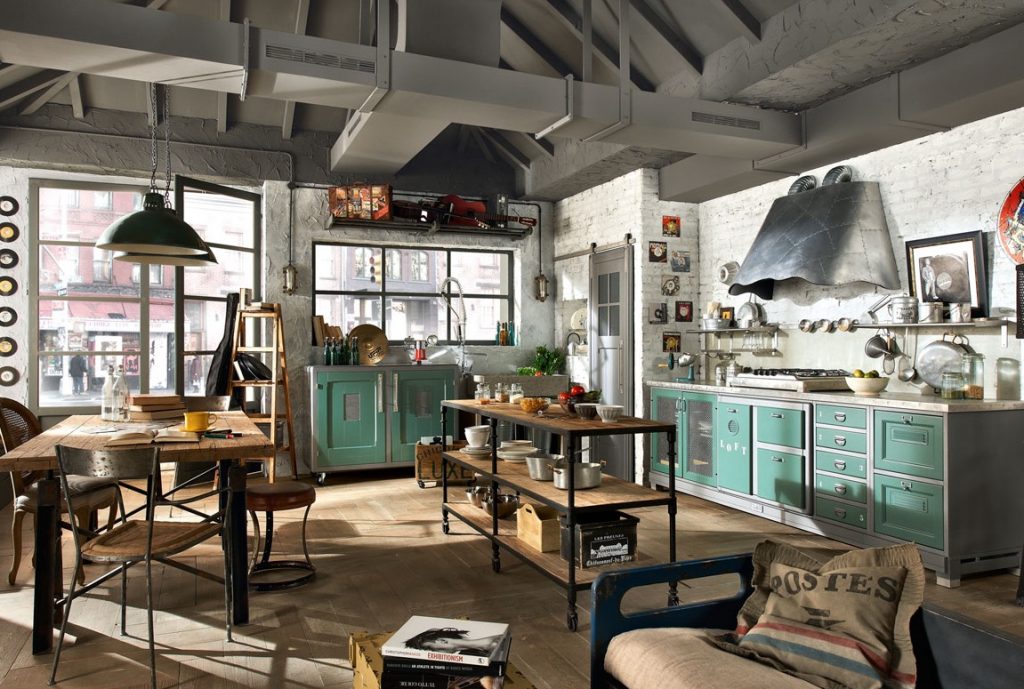
Image via TGI Home
2. Add some vintage
Vintage and second-hand furniture and homewares are abundant! These items are usually well-made and cost effective. There are many ways to source vintage items.
You can look for garage sales via Facebook groups and online searches and use gumtree and ebay. Op-shops and salvage stores have a continual stream of choices.
Online auction houses can be a fantastic way to shop because many of the antique and second-hand dealers will be buying their goods via these sources, and there is nothing stopping you joining in too.
When looking for something you have to take a broadminded approach. You can not pick your new sofa or dining table from a catalogue. Have an idea of styles and materials you prefer. You can do some legwork via phone or online to see what people have in stock, or wing it and have an adventure.
Look at the way something is made and the quality of the materials, rather than the finish. Homewares and furniture can be painted, upcycled and re-upholstered.
There are lots of small businesses who are doing this work for you already in upcycling furniture – find them on places like etsy and Instagram, the Recycled Interiors Sustainable Home Hub, and your local markets.
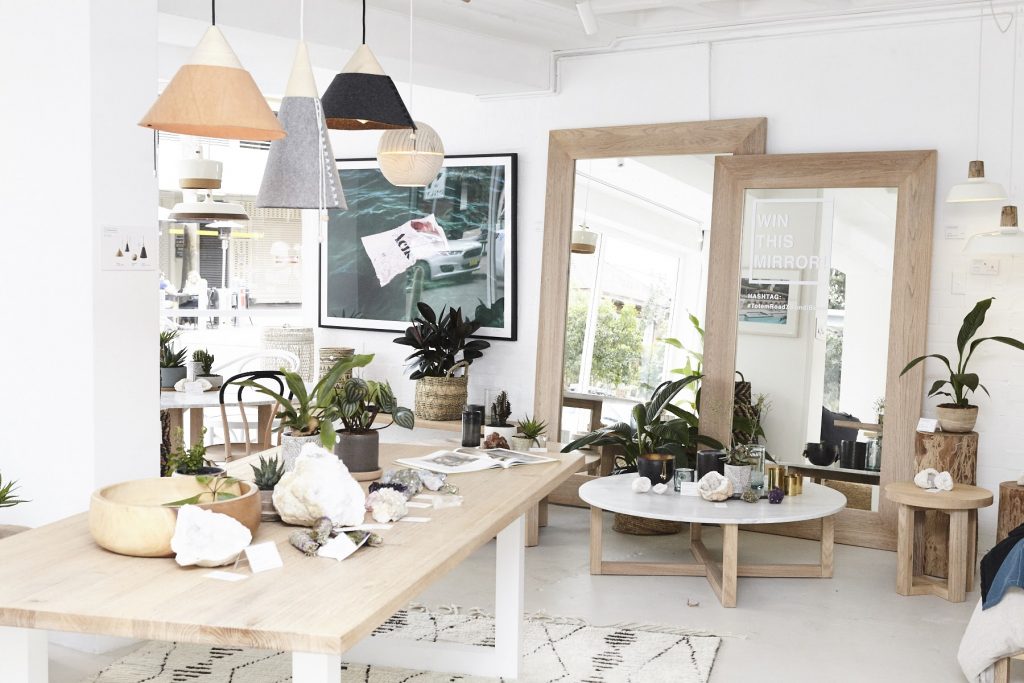
Image via Totem Road
3. Know where things come from and shop local
Buying cheap mainstream homewares and furniture means you have no idea who made it or how they were treated. Many items are churned out in factories with no care for people or planet. Not only can they make you sick, end up in landfill and be irreparable, but they can be very unethically made.
Buying from a local maker directly means you know who made your new chair or painted your artwork. You understand how something was made and you are supporting our local economy.
There are a huge number of furniture and homewares makers in Australia. Their pieces may cost more initially, but they will last forever. Buying from a fair trade organisation, or a business with an endorsement such as the global green tag, also ensures you are buying ethically.
4. Look for recycled materials
A circular economy requires us to recycle materials and put them into new products. By choosing things made with recycled and recyclable materials, you are helping to increase demand for these items. This puts pressure on the market to make more of these things, and pushes the prices down. There are many options now for furniture, rugs and homewares made with recycled timbers, plastic and cotton.
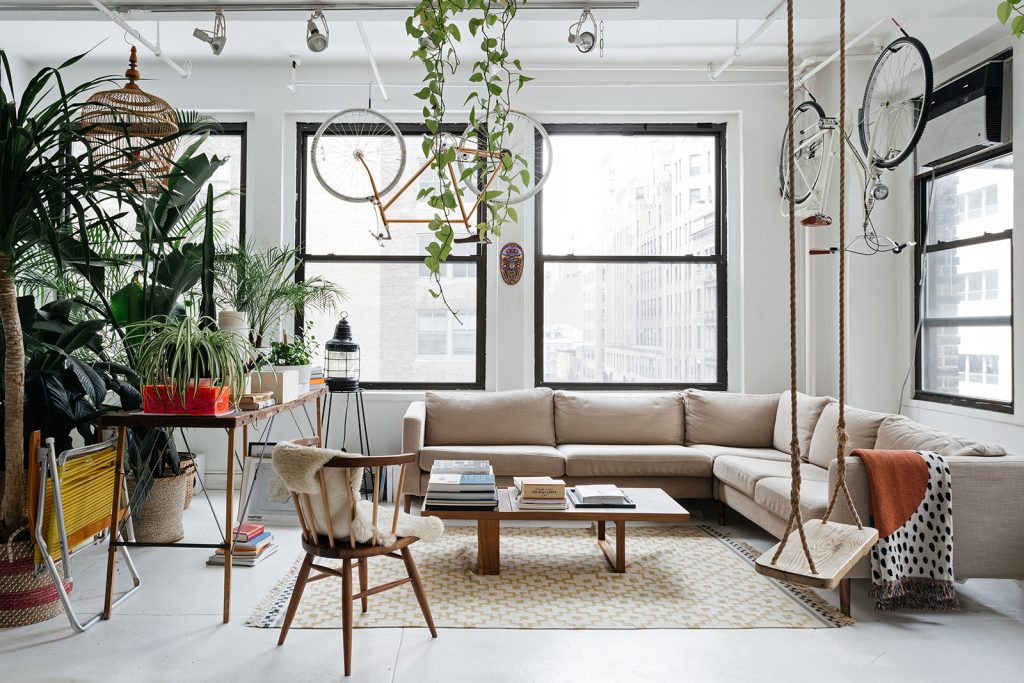
Image via One Fine Stay
5. Be a conscious consumer and go your own way
Decorating in your own style, rather than following seasonal trends, is the best way to create a home that is beautiful and better for you and our planet. Avoid being sucked in to the “latest” looks.
If you love something you see online or in a magazine, use that as a guide to helping you in finding something ethically made, or upcycle something yourself.
Painting a piece of old orange or brown furniture can be an exciting and satisfying thing to do.
Rearranging things at home and adding a new cushion cover or throw, can bring a whole new look without the need for tossing things out. If you do want to move something on, donate it to a charity store, or swap with a friend! Or make some cash and use the online options to pass it onto someone who will use it.
Whenever you shop be a conscious consumer and consider people and planet – your choices matter.
Learn more about how to create a home and life you love over on the Recycled Interiors Home Hub here.
PIN ME
